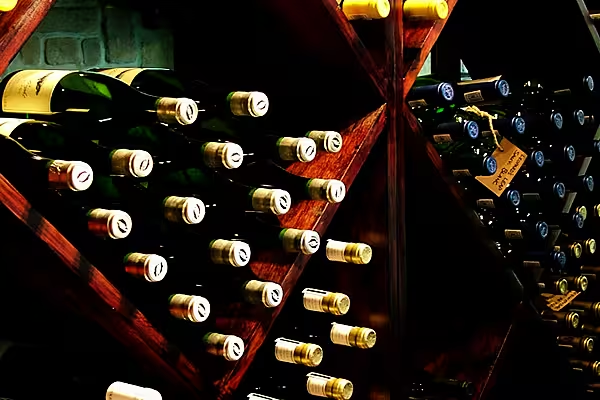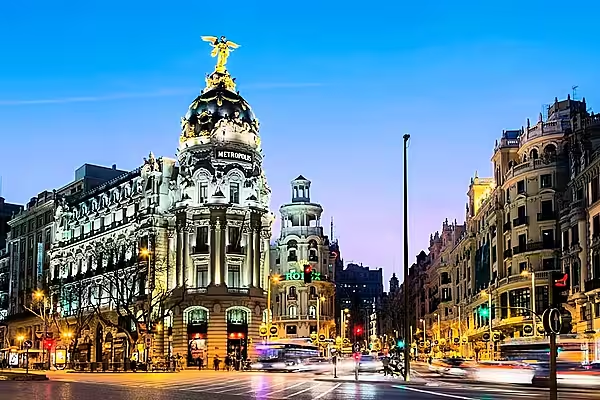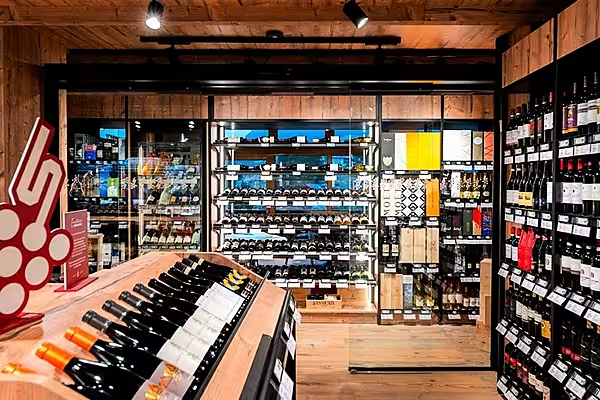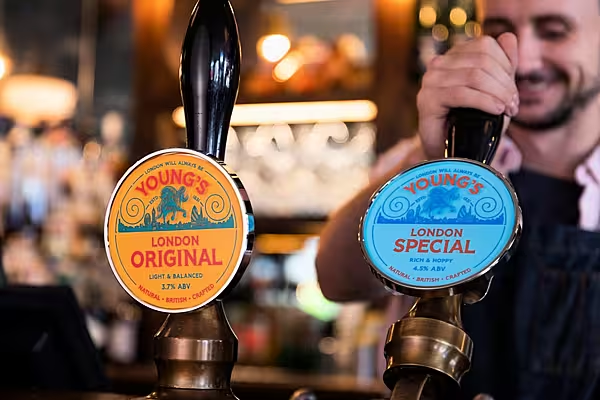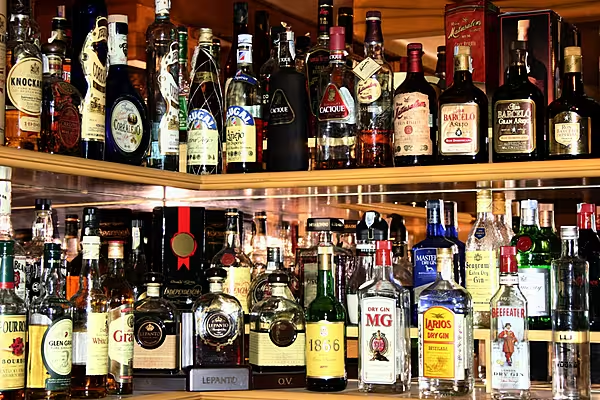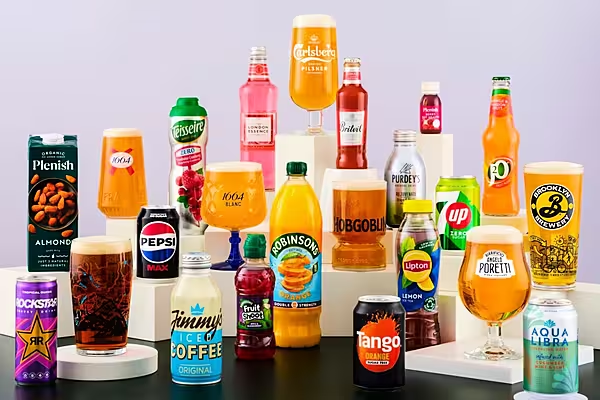Winemakers like to joke that only the rich should risk planting vines on the far Sonoma coast, where fog, chilly wind, and up to 80 inches of rain a year roll in from the Pacific.
This dramatic, coolest-of-the-cool coastline is fast becoming California’s Côte d’Or, a sweet spot for great pinot noir. But the less-hyped chardonnays are also brilliant, with the elegance and zing of premier cru white Burgundy, at a lower price. The 2012s and exciting 2013s, just released, are stunning.
That’s my takeaway from the cozy West of West festival in Sebastopol earlier this month, where I moderated a panel of opinionated winemakers.
The festival opener was a blind tasting of chardonnays from the Russian River Valley, Burgundy, and the West Sonoma coast. After sniffing and sipping, the panel and the enthusiastic audience voted on where each one was from.
It used to be easy to pick out California examples in a blind lineup. They were the flamboyant ones that tasted like ripe tropical fruit liberally laced with powerful vanilla notes from aging in new oak barrels, a style that wine aficionados love to hate.
When the labels were revealed, though—surprise. Wines tasters tagged as Burgundy turned out to be from West Sonoma Coast. More lemon than pineapple, more mineral than butterscotchy, slim and racy instead of thick and oaky, they were what I call neo-Burgundian.
So I spent the rest of my Sonoma stay driving around with winemakers in trucks to hunt down the best, tasting in vineyards and kitchens, at picnic tables and in cellars. My picks are below, but read on.
Five years ago, the area’s 40-odd intrepid growers and vintners (they prefer to call themselves farmers) dubbed the narrow band of remote ridges and small valleys within a few miles of the Pacific the “West” Sonoma Coast— aka the “true” or “extreme” Sonoma Coast. They’re trying to make that name an official viticultural area and fine-tune a bunch of smaller subregions, such as Freestone, Occidental, Annapolis, each with its own distinct personality.
The impetus? Dissatisfaction with the existing Sonoma Coast appellation, which is so expansive—750 square miles—it’s meaningless as a guide to a wine’s character. Thanks to byzantine politics and bureaucracy, it includes vineyards more than 30 miles inland with zero coastal influence.
“Out here the Pacific ocean and the culture drive wine styles,” explained Carroll Kemp, owner of Red Car Winery, as we headed out into the morning fog. “This is where San Francisco hippies settled when they went back to the land.” He’s wearing a frayed straw hat and T-shirt with a photo of redwoods and the words "pioneers of aimless wandering."
On the West Sonoma Coast, politics are more liberal, the lifestyle is laidback, environmental consciousness is high, and organic and biodynamic viticulture are the norm. No one can cut down a redwood tree to plant a vine.
